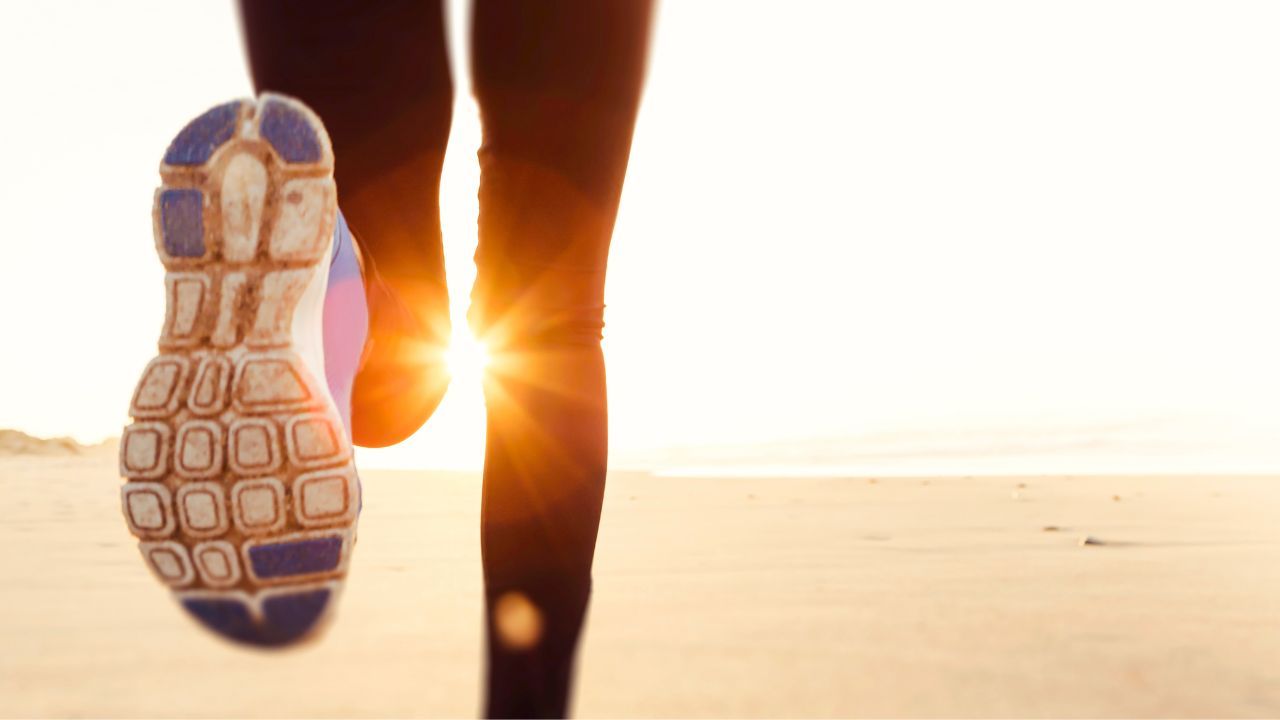Back To Running Postpartum

I get asked so often from postpartum women “When can I start running again?”
And my answer is honestly “it depends”.
The pelvic floor is not a huge fan of being bounced up and down vigorously. Which is usually a problem when there is instability in the pelvic area due to weaknesses or imbalances in any of the muscles surrounding the pelvis: pelvic floor, core, glutes, hamstrings etc.
Do you ever notice that your hips wobble around when you try to do a bridge position? Or does it feel like everything is bouncing around inside you when you try to run? These are both signs of pelvic instability, which can make running quite uncomfortable, and even painful.
So it’s helpful to work on both pelvic stability and pelvic floor strength before you dust off your beloved running shoes. If you were a runner pre-pregnancy then I'm sure you already know how great running is for maintaining our sanity. It can also be an incredible tool for helping to ease postpartum depression, anxiety and general overwhelm. It’s a great way to calm the mind, release stress and decompress. So it’s understandable that many women take up running too soon after birth, which can actually increase symptoms of leaking, prolapse, back pain etc.
Doing my pelvic floor training will help significantly in your back to running journey. But there’s also a few form tips that will greatly improve your running experience and protect your pelvic floor:
1. How’s your posture?
Try to lean your weight forward slightly when you run. Imagine a straight line running from your head, shoulders, pelvis and feet. Now tilt that entire line forward slightly without it buckling anywhere. Think about the forward lean coming from the pelvis rather than from the head or shoulders, and just let the spine follow along with that pelvic forward lean. A great way to practice forward lean running is on an incline because it forces you to lean in.
2. Push with your glutes to move you forward.
Just be mindful of where the lean is coming from - the pelvis. The shoulders just follow along. So no hunching in the shoulders. This forward lean also reduces stress on the knee joint, so makes it less likely your knees will hurt after running.
3. PUSH with your feet.
Rather than taking long strides with your feet landing way in front of you, think about letting the feet land more or less beneath you or only very slightly in front. And PUSH the ground back with your foot to propel you forward. This will give you more forward energy and less bouncing up and down energy (better for the pelvic floor), and better glute recruitment.
3. Speed.
The more you push with your feet, the more you increase speed and the more you strengthen your glutes. Which is great for two reasons. First, it makes your butt look amazing! And second, the added glute strength will go a long way towards stabilizing your pelvis. Slow running can very often recruit too much calves and quads. Whereas faster running this way uses more glutes. Which is good because strong glutes help to protect your low back and your pelvic floor. If adding a little extra speed feels too challenging for now, try intervals: pick up the pace and foot-push for a minute (or as much as you can tolerate with good form), then walk for a minute, and alternate.
4. Breathing.
Long and controlled diaphragmatic breathing is super important when running; instead of short, shallow breathing. In order for the entire core to function correctly, the diaphragm and the pelvic floor must be working in tandem with each other. If we’re panting and taking quick, shallow breaths, it’s likely that there is no control in the core either, which is required for proper running form. Towards the end of your pregnancy, the diaphragm gets pushed upwards to make space for baby. So if you’re feeling like you can’t breathe like you used to, that is very common postpartum and can be fixed by regularly practicing proper diaphragmatic/pelvic floor breathing technique.
Running form really does make a huge difference to which muscles are being recruited and strengthened. It’s an incredible exercise for both your body and your mind so don’t let the fact that you’re a mom now put you off. When done correctly, the benefits are exponential!

